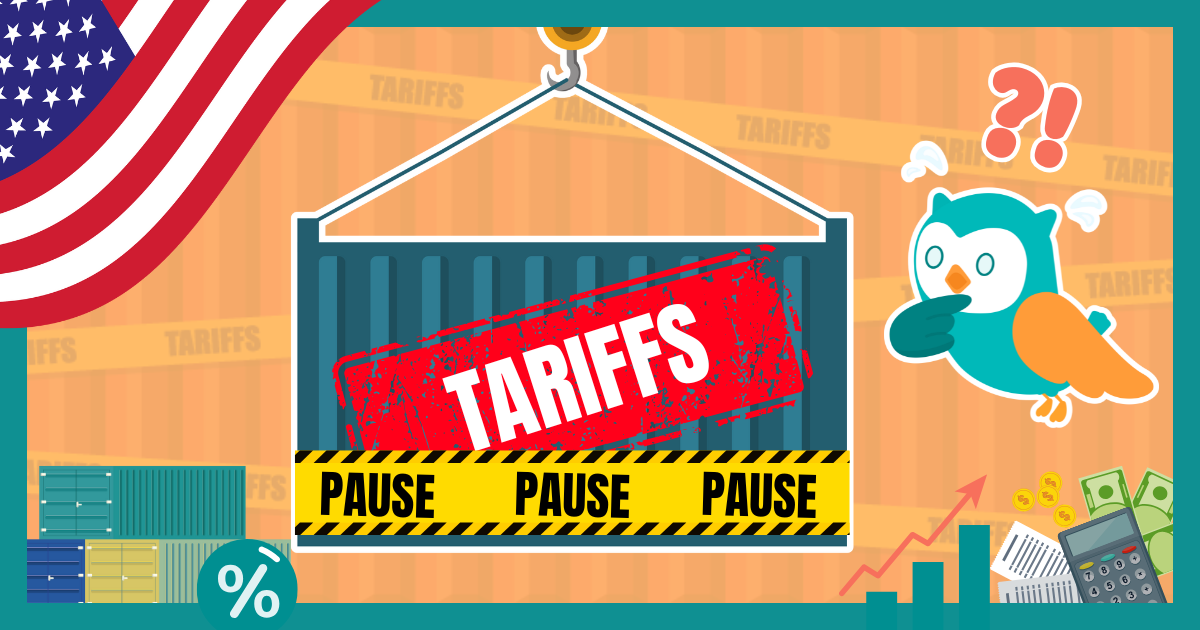Note: It was announced in November 2023 that MoneyOwl will be acquired by Temasek Trust to serve communities under a re-purposed model, and will move away from direct sale of financial products. The article is retained with original information relevant as at the date of the article only, and any mention of products or promotions is retained for reference purposes only.
______________
Find out how financial planning via MoneyOwl can change the retirement income stream
Its ‘lifestyle’ financial planning approach starts from a client’s current assets and shows what this means for his future. By Genevieve Cua
A comprehensive personal financial plan is akin to a sturdy compass for your future financial health. But most people may not have a financial adviser.
MoneyOwl, a joint venture between NTUC Enterprise and financial planning firm Providend, has made that process pain-free, easy and accessible. The one-time charge for a plan is waived for a limited time period. So, now there is little excuse not to get a plan done. MoneyOwl itself is an NTUC social enterprise.
MoneyOwl offers four services – financial planning, insurance, investment and wills. It positions itself as a “bionic” financial adviser, defined as a “human augmented by technology” model.
At the site (www.moneyowl.com.sg), financial planning starts with an online fact-find, helped by MyInfo which fills in your CPF information. A comprehensive report is generated, and is followed by an in-depth two-hour consultation. This can be done in person or via teleconference with a MoneyOwl client adviser. It is open to those aged 18 to 54.
The service is conflict-free, as MoneyOwl advisers are salaried. If you purchase insurance through the site, 50 per cent of product commissions is rebated to you. For investments, there is no sales charge but portfolios are charged wrap and platform fees.
Since the firm began to offer comprehensive financial planning in December, more than 1,000 have made enquiries. Of these, almost 600 have completed their online journey, says MoneyOwl chief executive Chuin Ting Weber. Those who go on to have a plan generated are encouraged to take action. The normal advisory fee is 0.65 per cent per annum.
“We’re thrilled to bring to the broad community of working families, comprehensive financial advice and best-in-class solutions that have traditionally been unavailable to the mass market,” says Ms Weber.
“At the core of this is our desire to do what is right by our clients and truly in their best interests, made possible by our conflict-free model and our social DNA.”
There are some ways in which MoneyOwl’s approach to financial planning may differ from other advisers.
One, it refers to its approach as “lifestyle” financial planning. This starts from a client’s current assets and shows him what this means for his future, “so that the client can make better decisions on the trade-offs”.
“In this way (we) balance the planning between living a meaningful life now with the comfortable life desired for the future,” says Ms Weber. A client’s current assets typically include cash, CPF and current income flow. This is projected into the future to come up with a nest egg at a desired retirement age.
Some financial planners take the approach of working out a desired future retirement income based on an expected lifestyle and the number of years in retirement. From there they calculate the size of the savings pot needed at the point when retirement begins. For many people this exercise may be discouraging because the retirement savings goal may seem intimidating. The savings gap may also need big sacrifices.
Integration of CPF assets
This brings us to a second aspect which is the integration of your CPF assets. This is key to projecting an income in retirement.
The firm has developed a proprietary “MoneyOwl CPF Analyser” which projects a client’s CPF balances into the future, taking into account inflows, outflows and the CPF rules and limits. The end result is an expected monthly retirement annuity income from CPF Life.
This is central to MoneyOwl projections, as the firm believes CPF Life forms a “safe retirement income floor” to take care of basic living expenses for life.
Christopher Tan, MoneyOwl executive director, says: “CPF planning is not just about using CPF funds for investments. Rather, it is understanding how CPF Life forms the foundation of any retirement plan. MoneyOwl will help you optimise your CPF so that you can have a reliable income stream for life upon retirement.”
The firm also has an income withdrawal system that is applied to portfolio investments – including surplus balances from CPF – to help retirees cope with the risks that occur as they draw income from their portfolios.
Says Ms Weber: “Investing while withdrawing is quite different (from accumulation alone) due to overspending and the sequence-of-return risks… The solution to this is in financial planning and effectively creating buffers rather than in investment methodology.” Sequence of return risk refers to the order in which investment returns occur. This does not matter in the accumulation phase, but in the retirement or withdrawal phase, a market downturn early in retirement – just as one begins to withdraw an income – could have a severe impact on the portfolio.
MoneyOwl recommends a withdrawal rule of 4 per cent, which was published by US financial planner William Bengen in 1994. The approach was based on a balanced fund (60 per cent equities, 40 per cent bonds). In the original model, after the first-year withdrawal of 4 per cent, the subsequent 4 per cent withdrawals are adjusted for the previous year’s inflation.
“For our modelling, we used a 60/40 portfolio and the Singapore historical inflation rate. This worked out well. With inflation, all scenarios could last 30 years. Without inflation, all scenarios could last for 30 years with sizeable portfolio value remaining.”
MoneyOwl’s assumptions also include a 1.2 per cent all-in expense ratio. “If this expense is too high (more than 2 per cent), the model can fail in about 10 per cent of the time. We see how keeping expenses low is important in all investing, even in decumulation,” says Ms Weber.
Building a buffer
Some commentators, however, note that the “4 per cent rule” was developed when indexed bond funds were yielding 6.6 per cent, and thus caution that withdrawal rates should be lower.
“Bond yields have been falling for quite a few decades, but the translation into overall longterm capital market returns (or even bond returns) and the outlook for inflation is more complex.” MoneyOwl does not adjust for inflation to be “extra conservative” and help create a buffer, she says.
“The other way we build a buffer is really in our recognition that a withdrawal rule is still a guideline, albeit one with a lot of research backing it, and could be modified to cater to a retiree’s need or in the event of extreme shifts in the overall economic or financial market system. On an annual basis, we should do a review to balance between not depleting one’s savings before time and leaving too big a legacy at the expense of current lifestyle.”
The financial plan also presents scenarios to help clients visualise their options if they, for instance, invest a different amount from what is recommended, or delay retirement.
Part of the plan recommends clients to “optimise” their CPF by topping up their Special Account (SA), transferring Ordinary Account balances to the SA and by making lump-sum partial repayments of any outstanding home loan. These actions could change the retirement income stream. The plan also looks into insurance coverage, comprising life cover, disability, hospitalisation and critical illness.
Source: The Business Times © Singapore Press Holdings Limited. Reprinted with permission.




